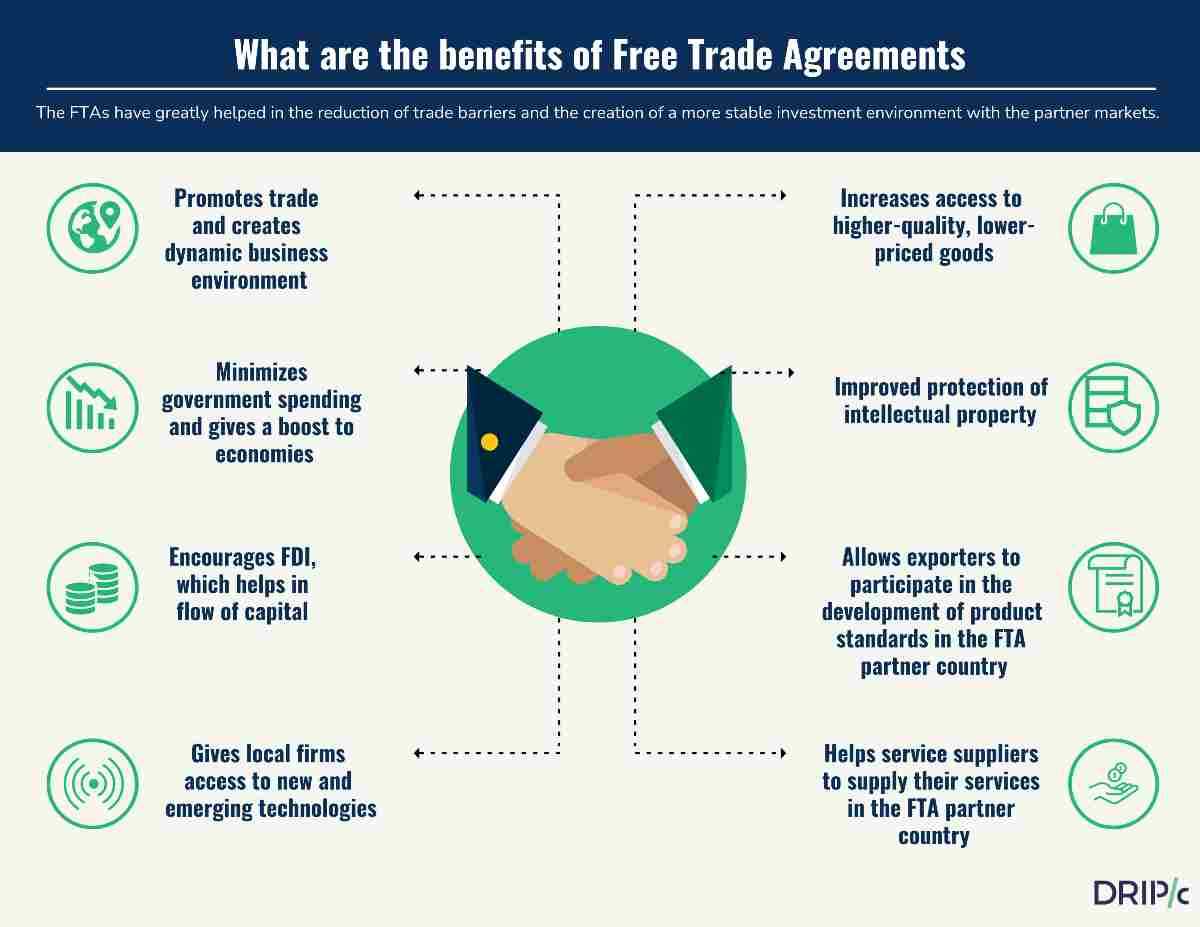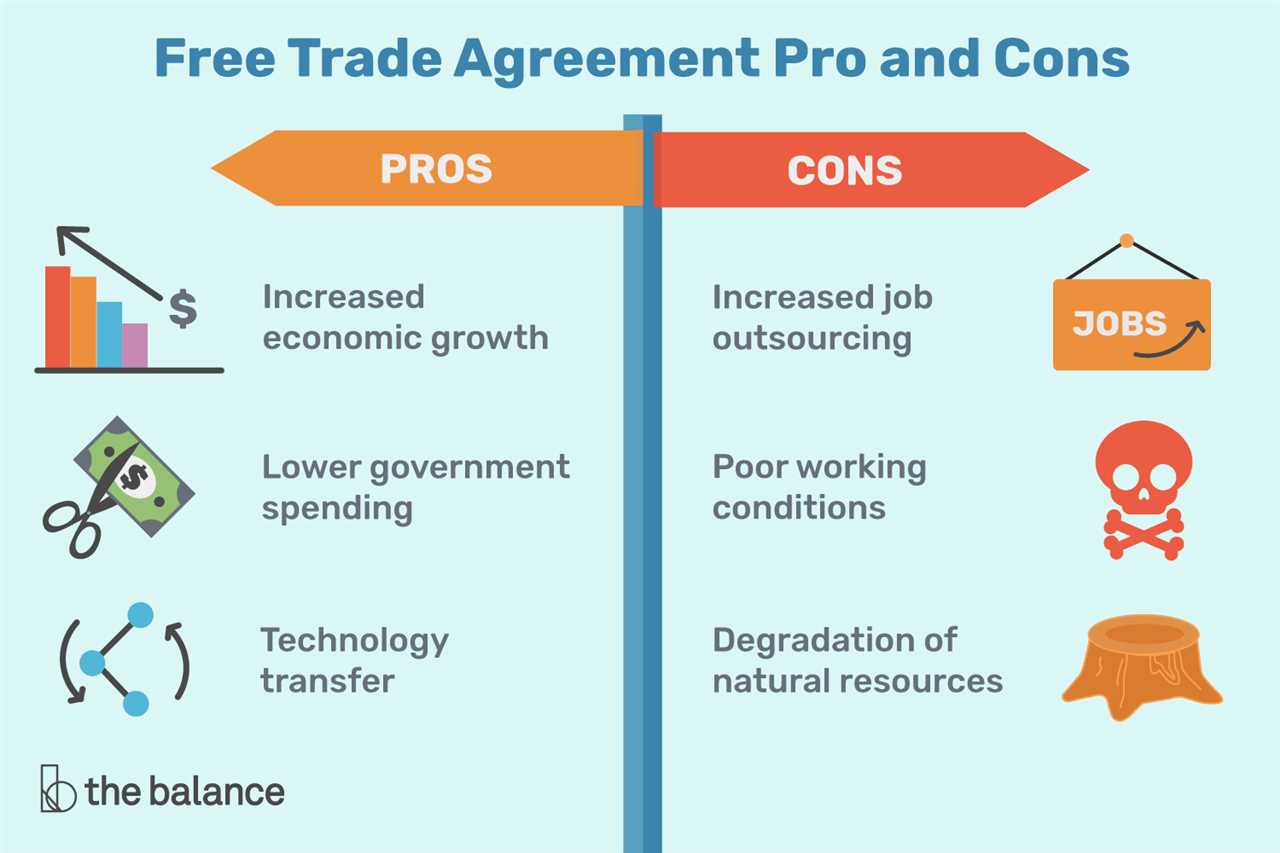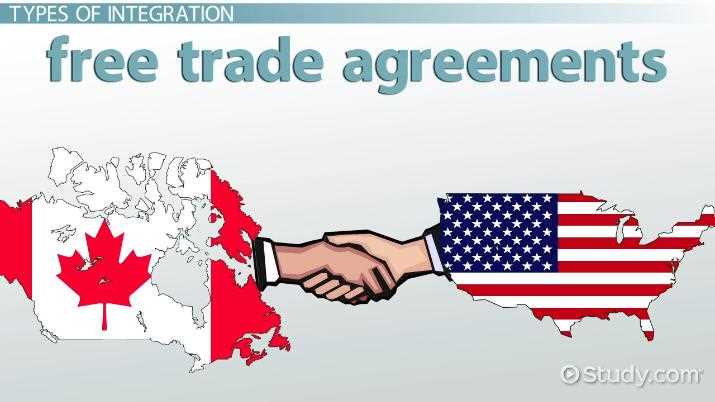What is Free Trade Agreement (FTA)?

A Free Trade Agreement (FTA) is a legally binding agreement between two or more countries that eliminates or reduces barriers to trade and investment. It is designed to promote economic integration and cooperation by removing tariffs, quotas, and other trade barriers.
FTAs are typically negotiated and signed by governments to facilitate trade and investment between countries. They aim to create a level playing field for businesses and promote economic growth by increasing market access and reducing trade costs.
Under a Free Trade Agreement, participating countries agree to liberalize trade in goods, services, and sometimes even investments. This means that they commit to reducing or eliminating tariffs and other trade barriers on a wide range of products and services.
FTAs also often include provisions on intellectual property rights, competition policy, government procurement, and other areas that affect trade and investment. These provisions help create a more predictable and transparent business environment for companies operating in the participating countries.
By promoting free trade, FTAs can bring several benefits. They can lead to increased exports, job creation, and economic growth. They can also encourage foreign direct investment and promote technological transfer and innovation.
However, FTAs can also have some disadvantages. They can lead to job displacement in certain industries and create winners and losers within countries. They can also raise concerns about the loss of national sovereignty and the potential for regulatory harmonization.
Overall, Free Trade Agreements play a crucial role in shaping the global economy and fostering international trade and investment. They provide a framework for countries to cooperate and engage in mutually beneficial economic relationships.
Definition and Explanation

A Free Trade Agreement (FTA) is a legally binding agreement between two or more countries that establishes a set of rules and regulations to facilitate the exchange of goods and services between them. These agreements are designed to promote international trade by reducing or eliminating barriers such as tariffs, quotas, and other trade restrictions.
FTAs are typically negotiated and signed by governments, and they cover a wide range of sectors including agriculture, manufacturing, services, and intellectual property. The main objective of an FTA is to create a level playing field for businesses from different countries, allowing them to compete fairly and access new markets.
One of the key principles of FTAs is the principle of non-discrimination, which means that once two countries have signed an FTA, they agree to treat each other’s goods and services no less favorably than those from any other trading partner. This principle helps to ensure that businesses can operate in a predictable and stable trading environment, which encourages investment and economic growth.
FTAs also often include provisions for dispute settlement, which provide a mechanism for resolving conflicts and enforcing the terms of the agreement. This helps to ensure that the rights and obligations of the parties are respected and that any disputes are resolved in a fair and transparent manner.
Overall, FTAs play a crucial role in promoting global economic integration and fostering cooperation between countries. By reducing trade barriers and promoting fair competition, they can help to boost economic growth, create jobs, and improve living standards for people around the world.
| Key Features of Free Trade Agreements |
|---|
| Reduction or elimination of tariffs |
| Removal of non-tariff barriers |
| Protection of intellectual property rights |
| Facilitation of trade in services |
| Investment protection |
| Dispute settlement mechanisms |
How Free Trade Agreements Work

Free Trade Agreements (FTAs) are international agreements between two or more countries that aim to promote and facilitate trade by reducing or eliminating barriers such as tariffs, quotas, and other trade restrictions. These agreements are designed to create a level playing field for businesses and promote economic growth.
When two countries enter into an FTA, they agree to lower or eliminate trade barriers on a wide range of goods and services. This means that businesses in both countries can export their products to each other’s markets without facing excessive tariffs or other barriers. By reducing trade barriers, FTAs create opportunities for businesses to expand their markets and increase their profits.
FTAs also typically include provisions for the protection of intellectual property rights, investment, and dispute resolution mechanisms. These provisions help to ensure that businesses can operate in a fair and predictable environment, which further encourages trade and investment.
One of the key features of FTAs is the establishment of rules of origin. These rules determine the criteria that a product must meet in order to qualify for preferential treatment under the agreement. For example, a product may need to be manufactured using a certain percentage of materials from the participating countries to be eligible for reduced tariffs. Rules of origin help to prevent third-party countries from taking advantage of the agreement by simply transshipping goods through a participating country.
FTAs are typically negotiated and implemented through a series of rounds of negotiations between the participating countries. These negotiations cover a wide range of issues, including tariff reduction schedules, rules of origin, and the protection of intellectual property rights. Once the negotiations are completed, the agreement is signed and ratified by the participating countries.
Overall, FTAs play a crucial role in promoting international trade and economic growth. By reducing trade barriers and creating a predictable business environment, these agreements help businesses to expand their markets and increase their competitiveness on the global stage.
| Key Points |
|---|
| Free Trade Agreements (FTAs) aim to promote and facilitate trade by reducing or eliminating barriers such as tariffs and quotas. |
| FTAs create a level playing field for businesses and promote economic growth. |
| FTAs typically include provisions for the protection of intellectual property rights, investment, and dispute resolution mechanisms. |
| Rules of origin determine the criteria that a product must meet to qualify for preferential treatment under the agreement. |
| FTAs are negotiated and implemented through a series of rounds of negotiations between the participating countries. |
| Once an FTA is in effect, businesses must understand and comply with the rules and regulations set out in the agreement. |
Process and Benefits of Free Trade Agreements
Free Trade Agreements (FTAs) are established between two or more countries to promote international trade by reducing or eliminating barriers such as tariffs and quotas. The process of negotiating and implementing an FTA involves several stages and can take several years to complete.
1. Negotiation: The first step in the process is the negotiation stage, where countries involved in the FTA discuss and agree on the terms and conditions of the agreement. This includes determining the scope of the agreement, the sectors to be covered, and the specific rules and regulations that will govern trade between the countries.
2. Drafting and Signing: Once the negotiations are complete, the countries draft the FTA text, which outlines the agreed-upon terms and conditions. The text is then reviewed and signed by the representatives of each country. This signifies their commitment to the agreement and their intention to implement it.
4. Implementation: Once the FTA is ratified, the countries involved begin the process of implementing the agreed-upon terms. This includes making any necessary changes to domestic laws and regulations to align with the FTA, establishing mechanisms for dispute resolution, and setting up administrative structures to oversee and monitor trade activities.
5. Benefits: Free Trade Agreements offer several benefits to the participating countries. Firstly, they promote economic growth by expanding market access and increasing trade opportunities. By reducing or eliminating tariffs, FTAs make imported goods cheaper for consumers and allow businesses to access new markets more easily. FTAs also encourage foreign direct investment by providing a stable and predictable business environment. Additionally, FTAs can lead to increased productivity and competitiveness as countries specialize in industries where they have a comparative advantage.

Emily Bibb simplifies finance through bestselling books and articles, bridging complex concepts for everyday understanding. Engaging audiences via social media, she shares insights for financial success. Active in seminars and philanthropy, Bibb aims to create a more financially informed society, driven by her passion for empowering others.
